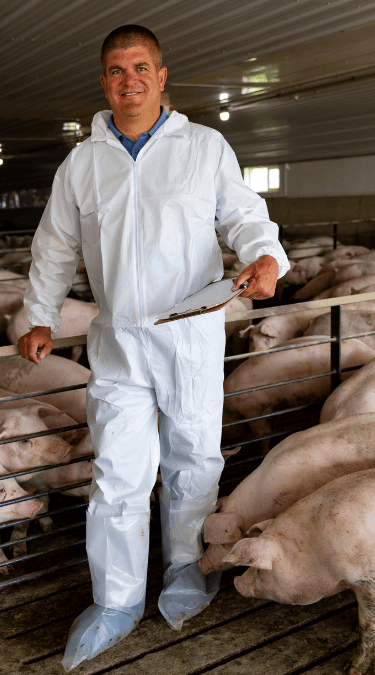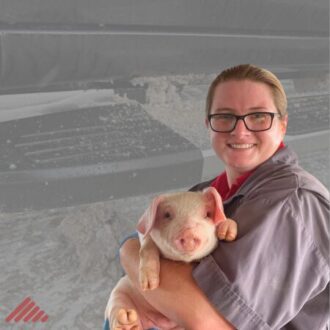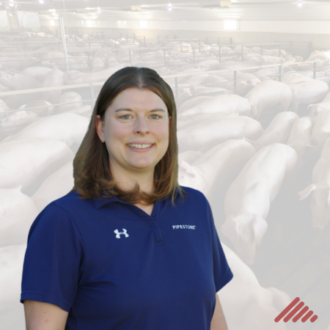The decision to invest in improving your production and financial information systems may initially seem like an added expense you can do without. However, accurate and actionable information is crucial for identifying inefficiencies and opportunities for improvement. The following examples illustrate how better information enabled farmers to quantify the value of problems or solutions, driving significant management changes that directly enhanced their financial performance.
A) Reducing Feed Ingredient Costs
A farmer was able to work with his feed supplier to reduce feed costs by nearly 10%. The farmer and his financial advisor identified this opportunity by reviewing their monthly financial statements and industry benchmarking tools. The feed supplier changed their ingredient procurement and feed pricing practices to reduce the farmer’s total feed cost by $10+/head. Such savings accumulate rapidly across an entire operation and underscore the value of detailed financial analysis.
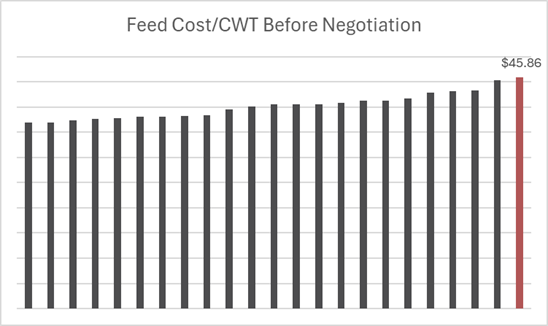
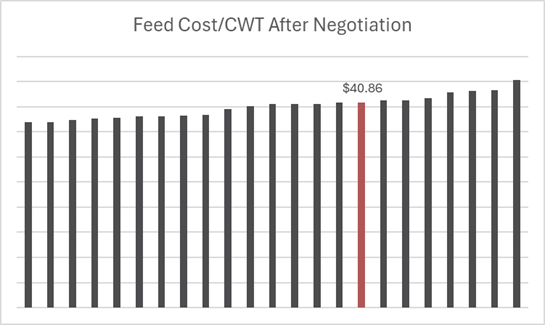
B) Correcting Feed Inventory Discrepancies
Over six months, periodic physical feed inventory measurements revealed that soybean meal and other inventory on hand was 9.6% less than the inventory the financials were showing. Further investigation uncovered a malfunctioning load cell in the feed system, leading to actual soybean meal usage being 9.6% greater than anticipated. Monthly financial statements and inventory reconciliation brought this issue to light. Correcting the error had a significant economic impact, amounting to $8.84 per head from wean to finish. This highlights the importance of regular monitoring and the ability to trace discrepancies back to their root cause.
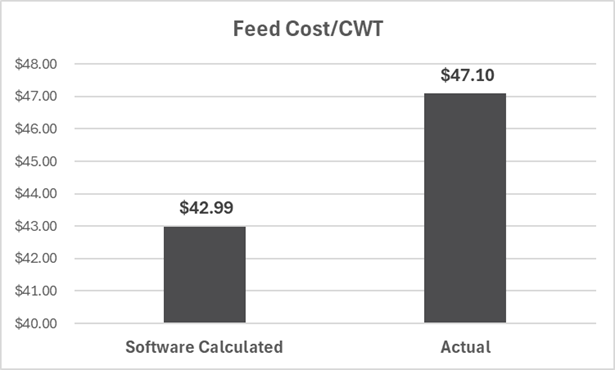
C) Improving Genetics and Pig Health
Another farmer improved genetics and pig health by switching their sow farm source. This change increased the average daily gain (ADG) from 1.55 pounds per day to 1.66. Production records played a key role in quantifying this improvement. The boost in ADG added $5 per head from wean to finish, demonstrating the financial benefit of strategic genetic and health decisions.
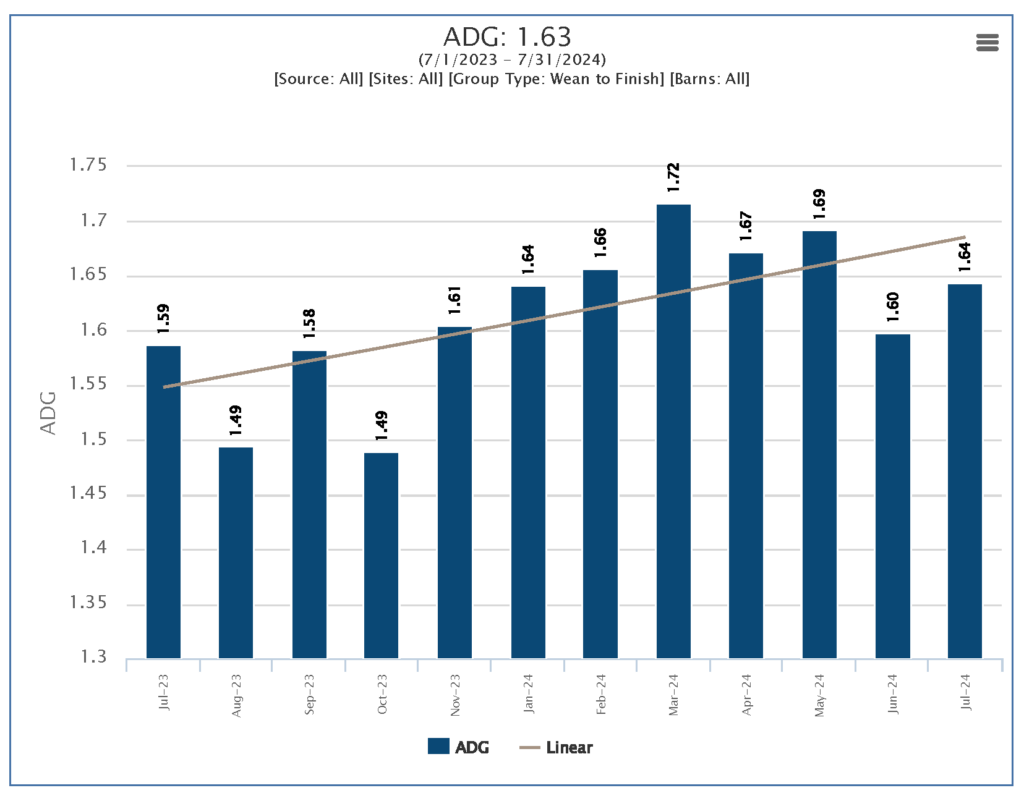
D) Refining Market Selection Strategies
Adjustments to market selection strategies reduced the coefficient of variation (CV) from 7.2% to 5.7%. With production records providing a clear view of the issue, this improvement added $3 per head marketed. Lower variability in market weights not only increased revenue but also enhanced the predictability of operational performance.

The Bigger Picture
Each of these examples underscores the transformative potential of accurate information. When farmers have access to detailed and reliable data, they can identify inefficiencies, make informed decisions, and implement changes that drive profitability. Whether it’s through financial benchmarking, inventory reconciliation, or production record analysis, these tools empower farmers to take control of their operations and achieve measurable results.
Investing in robust production and financial information systems may feel like a luxury, but as these examples demonstrate, the returns can far outweigh the costs. By adopting a data-driven approach, farmers can uncover hidden opportunities, address challenges proactively, and ensure the long-term success of their business.
